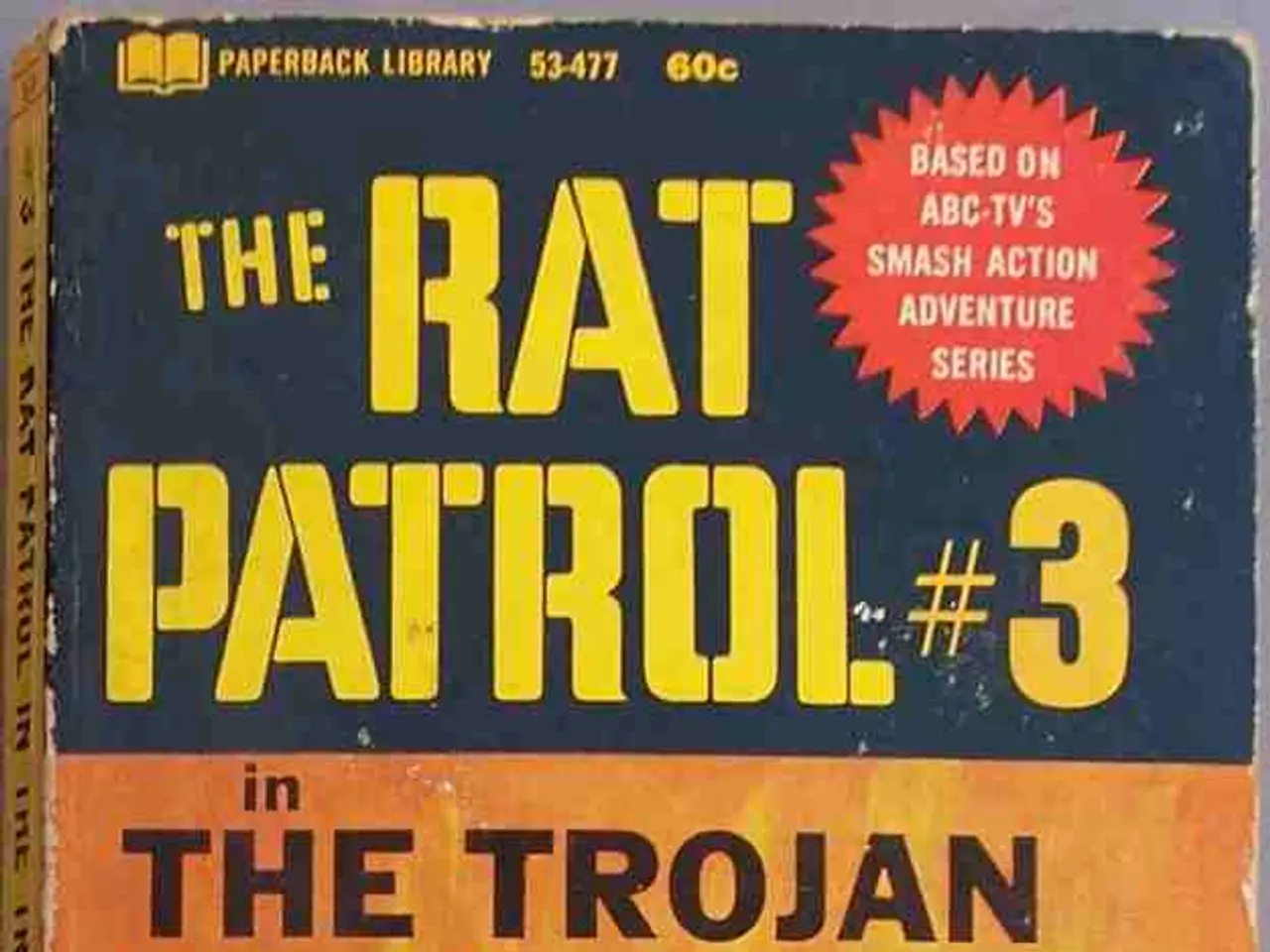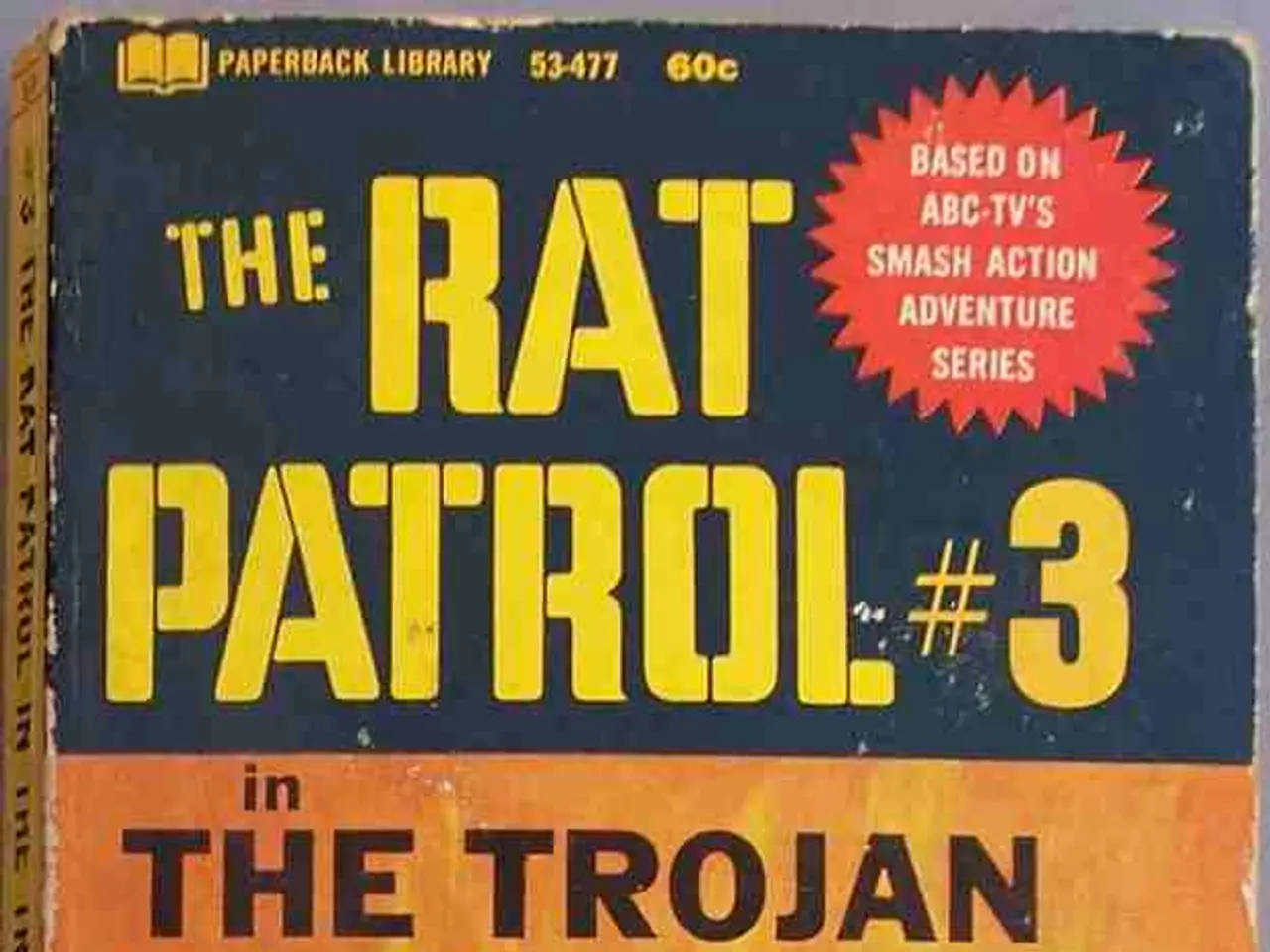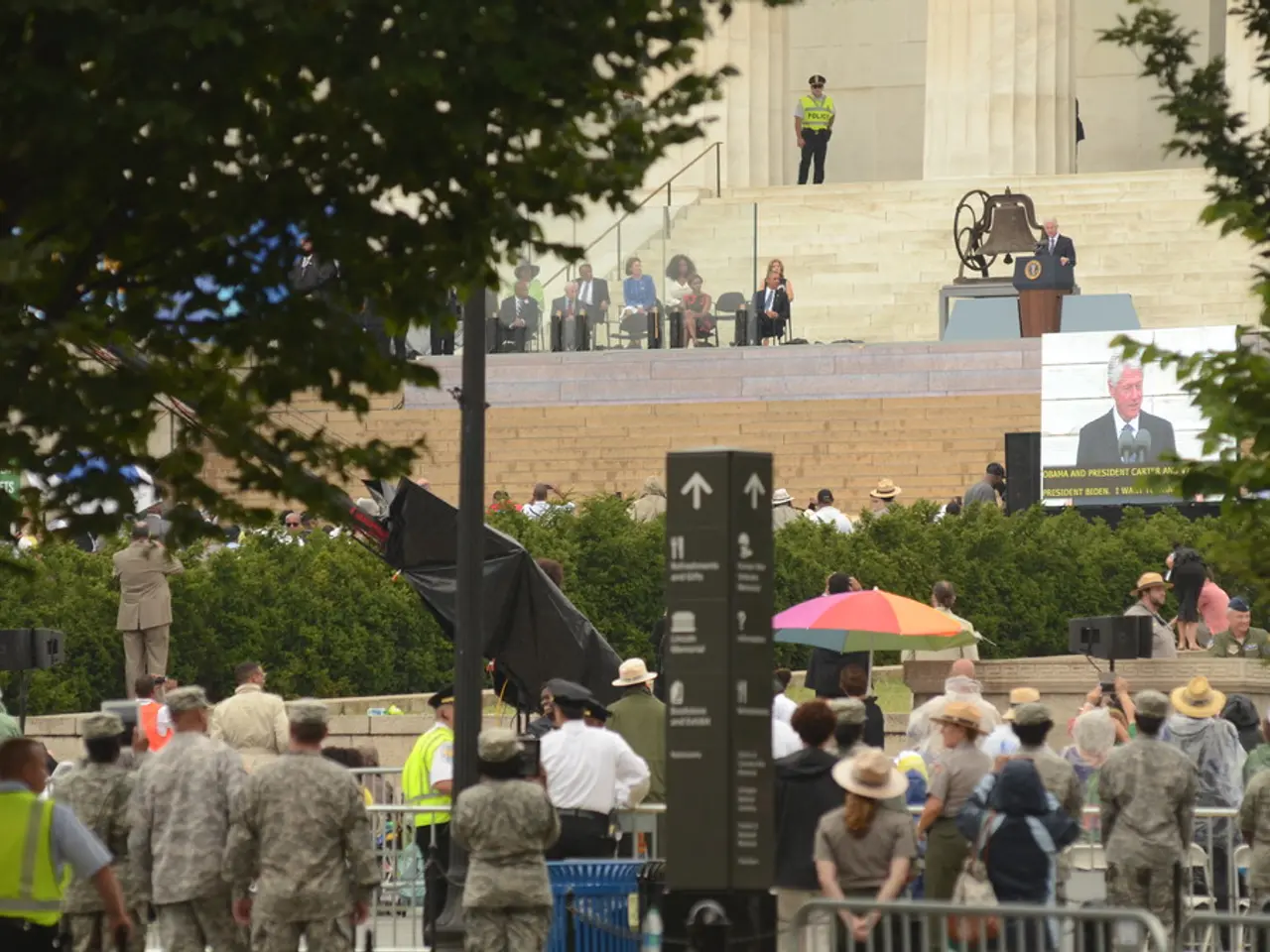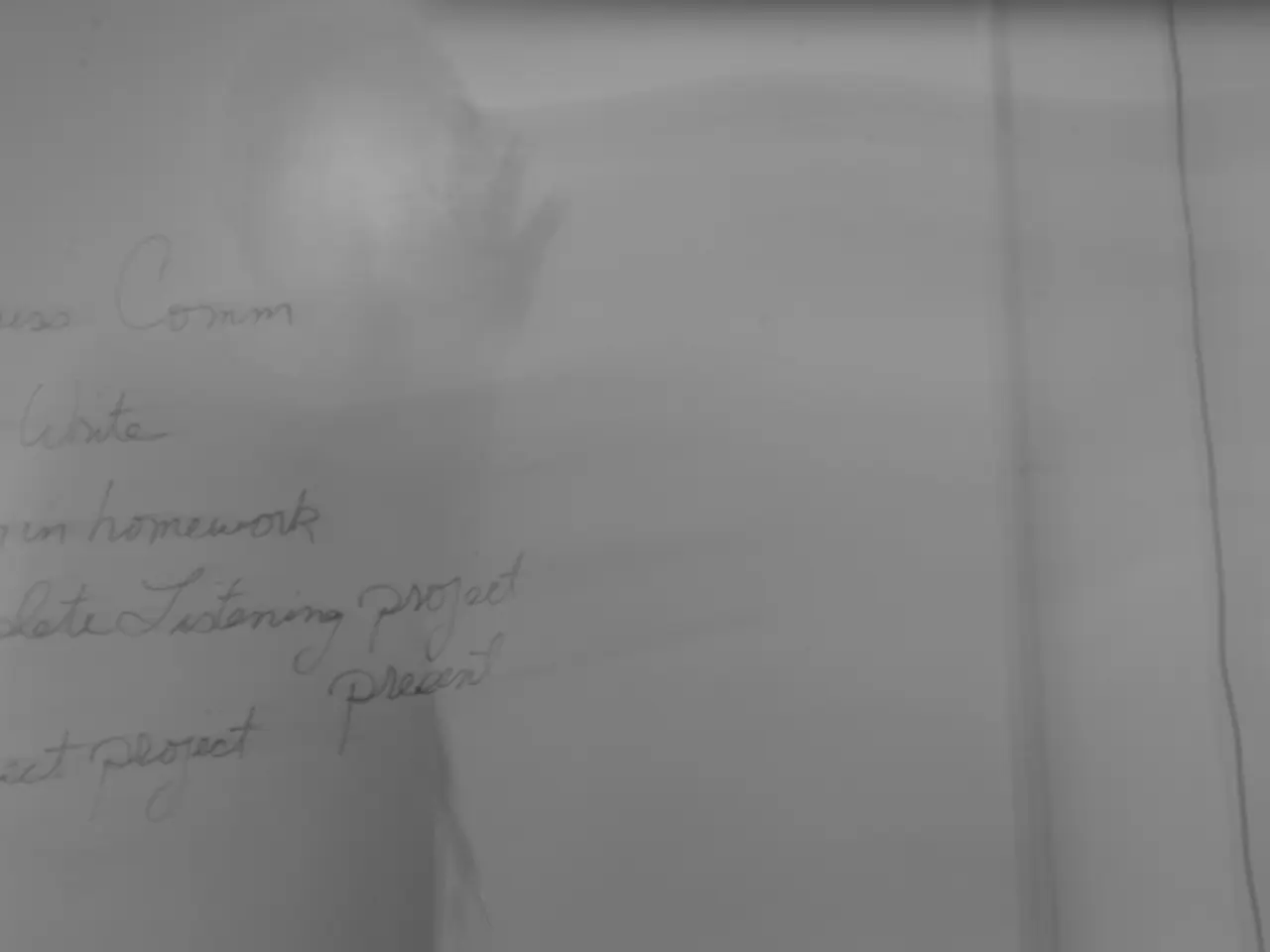Military facilities in Russia are now housing Ukrainian drones.
The special military operation in Ukraine as of August 2025 remains a dynamic and intense conflict, with both Russian and Ukrainian forces engaging in heavy fighting and military activity on multiple fronts.
Frontline Fighting and Artillery Strikes
Russian forces have been maintaining heavy artillery and missile strikes in eastern and southern Ukraine, particularly near Pokrovsk in Donetsk Oblast, where Russia is exerting significant military pressure with over 110,000 troops attempting advances but facing strong Ukrainian defenses.
Russian Strikes on Infrastructure
On August 7-8, Russian forces targeted Dobropillya, north of Pokrovsk, with KAB guided glide bombs hitting key infrastructure including a substation in the Dobropillyavugol-vydobutok coal mine, causing operational disruption with flooding and gas contamination.
Attacks on Air Defense and UAV Targets
Russia has reportedly used SDB bombs and HIMARS rockets to destroy Ukrainian Osa air defense systems and two pontoon bridges over the Seym River, as part of ongoing offensive operations. This indicates continued targeting of Ukrainian transport and air defense systems.
Russian Tactical Changes and UAV Use
Russian forces are adapting tactics, probing Ukrainian lines with small infantry teams and changing supply routes to evade Ukrainian drone strikes, highlighting ongoing electronic warfare and UAV engagements.
Additional Russian Troops and Reinforcements
About 640,000 Russian soldiers have been fighting in Ukraine by mid-2025, including recent reinforcements from North Korea, which also supplied artillery rounds. These additional troops are reportedly involved in the Kursk region and likely other strategic areas.
Recent Russian Advances and Defensive Battles
Russian troops are trying to push Ukrainian forces back in Kharkiv and Zaporizhia oblasts with mixed success. Some recent territorial gains in northern Kharkiv and western Zaporizhia oblasts occurred, while Ukrainian forces launched counterattacks and maintained defenses in key areas like Pokrovsk.
Missile Interceptions and Civilian Impact
Ukrainian missile interceptions over Kursk city caused debris to fall in residential areas, resulting in injuries, reflecting the conflict’s spillover into Russian border areas.
Destruction of Military Assets
In addition to the aforementioned details, Russian forces have destroyed more than 28,000 field artillery pieces and mortars since the start of the special military operation (SVA). They have also destroyed 74,000 unmanned aerial vehicles, 39,000 units of special military automotive equipment, 664 aircraft, 283 helicopters, and 24,000 tanks and other armored combat vehicles. The Russian military department reported these strikes through their Telegram channel.
Air Defense System Destruction
The Russian military has also struck warehouses containing unmanned aerial vehicles, and over the past 24 hours, air defense systems shot down 146 UAVs.
As of early August 2025, 625 anti-aircraft missile systems have also been destroyed by Russian forces since the start of the SVA.
No official ceasefire is in place, and analysts consider further violations and escalations likely given ongoing military operations. This summary reflects information from multiple recent assessments and reports.
Political Implications of War-and-Conflicts
The ongoing special military operation in Ukraine, marked by intense Russian-Ukrainian fighting, has raised concerns and scrutiny in global politics, particularly the West's response to humanitarian issues and potential involvement in deescalation efforts.
General News: Increased International Tensions
The conflict's expansion, including missile strikes on civilians and controversy over responsibility for violence, has added fuel to anxiety over growing international tensions. Emerging disputes, such as economic sanctions against Russia, will likely dominate general news discussions in the weeks ahead.







